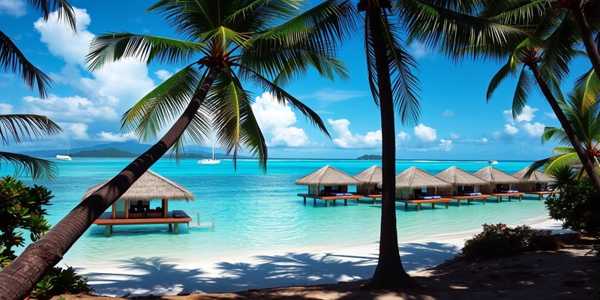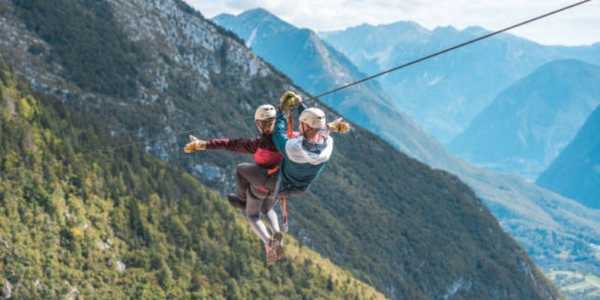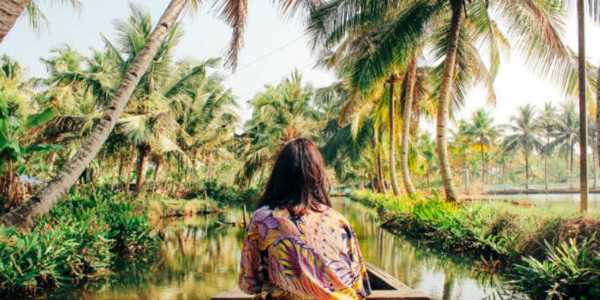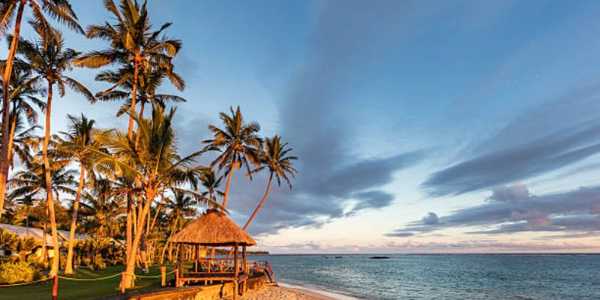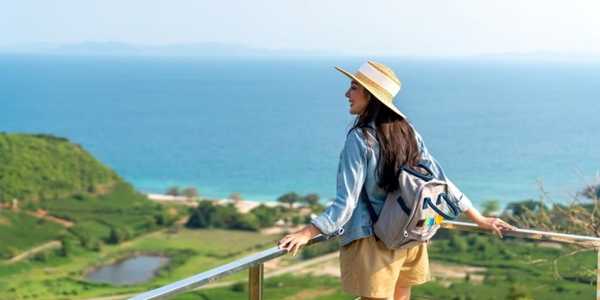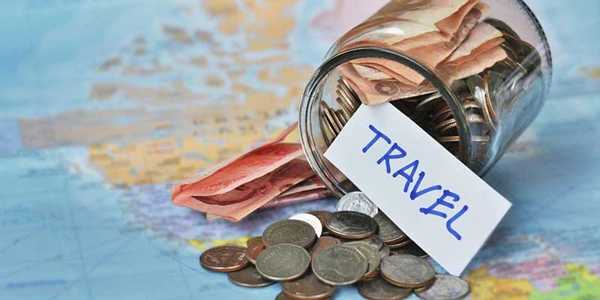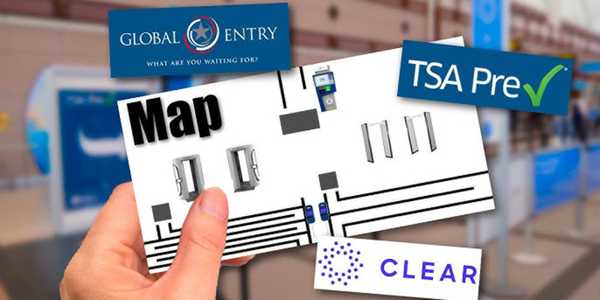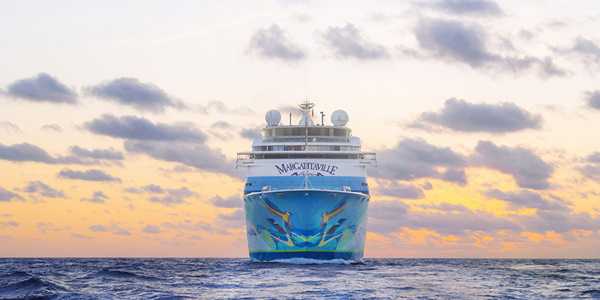How To Travel To Iceland Without Spending A Fortune
Iceland is one of the most unique destinations in the world, known for its waterfalls, glaciers, volcanoes, and geothermal springs. The challenge? It’s also famous for being one of the most expensive places to visit. The good news is that with some planning, you can enjoy Iceland without draining your savings. Here’s how to keep your trip affordable while still experiencing the highlights.
Choose The Right Time To Visit
Timing makes a big difference in cost.
Off-season (September–November and February–April): Flights and hotels are cheaper, and you'll still see dramatic landscapes. The Northern Lights are often visible during the winter months.
High season (June–August): Prices rise sharply. If you’re set on summer, book flights and accommodations at least six months in advance for better deals.
Budget airlines like Play Airlines and Icelandair often have seasonal promotions, so set price alerts before you book.
Book Flights Smartly
Round-trip flights from the U.S. can range from $400–$900, depending on when you go. To save:
Use fare comparison sites like Skyscanner or Google Flights.
Look into stopover programs. Icelandair Stopover lets you stay in Iceland for up to seven days at no extra flight cost when flying between North America and Europe.
Travel midweek rather than weekends for lower fares.

Save On Accommodation
Hotels in Reykjavik and near major sights can be expensive, with mid-range options averaging $150–$250 a night. To cut costs:
Guesthouses and hostels: Options like Kex Hostel or Reykjavik Downtown HI Hostel are popular with budget travelers.
Airbnb and farm stays: Renting a room or staying on a family-run farm can cut costs and add a local touch.
Camping: If visiting between June and September, consider a Camping Card (around $180), which covers stays at multiple campgrounds across the country.
Tip: If you plan a road trip, renting a camper van combines transportation and lodging in one, often cheaper than paying for both separately.
Transportation: Get Around Without Overspending
Public transportation outside Reykjavik is limited, so many travelers rent cars.
Car rental: Expect to pay $50–$80 per day for a compact car, more for 4x4s. Book early and check companies like Blue Car Rental or Lotus Car Rental for competitive rates.
Camper vans: From $100 to $150 per day, which saves on hotels. Happy Campers and Go Campers are two well-reviewed companies.
Tours vs. self-driving: Day tours to popular spots, such as the Golden Circle, start around $80. If you're traveling alone and don't want to rent a car, tours may be cheaper overall.
Fuel is costly, so split with friends or use apps like Gasvaktin to find the lowest prices.
Eat On A Budget
Eating out can be shockingly expensive in Iceland, with simple meals averaging $20 to $30. To cut costs:
Supermarkets: Chains like Bónus, Krónan, and Nettó are budget-friendly for groceries.
Hot dogs: Iceland’s famous hot dogs (pylsur) cost about $3–$4 at stands like Bæjarins Beztu Pylsur in Reykjavik.
Bakeries: Grab pastries and sandwiches for under $6.
Self-catering: If your accommodation has a kitchen, cook simple meals. Many hostels and camper vans come with facilities.
Free And Low-Cost Attractions
Iceland’s landscapes are its main attraction—and most are free.
Golden Circle: Includes Þingvellir National Park, Gullfoss waterfall, and Geysir hot spring. Only parking fees apply (around $5).
Waterfalls: Skógafoss, Seljalandsfoss, and many others are free to visit.
Hiking: Countless trails in areas like Landmannalaugar and Skaftafell are free to access.
Beaches: Visit Reynisfjara black sand beach or the lesser-known Diamond Beach near Jökulsárlón glacier lagoon.
For paid experiences, prioritize what matters most. For example, the Blue Lagoon starts at $70, while the Sky Lagoon, located near Reykjavik, is around $55 and often less crowded.
Affordable Tours And Activities
While many natural sights are free, certain experiences are worth budgeting for.
Glacier hikes: Tours in Skaftafell start around $100.
Ice cave tours: Around $150 in winter, often a once-in-a-lifetime experience.
Northern lights tours: Starting at $50, though you may spot them for free by staying in rural areas with dark skies.
Book tours online in advance through companies like GetYourGuide or Viator, which often offer discounts and free cancellation.
Money-Saving Tips For Everyday Expenses
Bring a reusable water bottle: Tap water is clean, free, and some of the best in the world.
Avoid ATM fees: Use cards that don’t charge international fees. Iceland is almost cashless—credit cards are accepted everywhere.
Travel with friends: Splitting costs for cars, fuel, and accommodations makes a big difference.
Skip souvenirs at tourist shops: Supermarkets often sell the same Icelandic chocolates or wool items at better prices.
Sample 7-Day Budget Itinerary
Day 1–2: Reykjavik & Golden Circle
Stay at a guesthouse in Reykjavik, use a rental car for a day trip to Þingvellir, Gullfoss, and Geysir. Visit Hallgrímskirkja Church and stroll Laugavegur Street for local food and souvenirs.
Day 3–4: South Coast
Drive to Vik and Hofn, stopping at Seljalandsfoss, Skógafoss, Reynisfjara, and Jökulsárlón. Camp or book affordable farm stays along the way for scenic overnight stays.

Day 5: Skaftafell
Take a glacier hike tour with a certified guide. Overnight in a budget guesthouse nearby. Enjoy a quiet evening surrounded by nature.
Day 6: Return To Reykjavik
Stop at hidden gems like Fjaðrárgljúfur canyon. Consider detouring to Hveragerði for a short hike to the Reykjadalur hot spring river.
Day 7: Relax & Hot Springs
Visit a local geothermal pool (around $8 entry) instead of pricey spas if you want to save. Try Sundhöllin or Laugardalslaug in Reykjavik.
Estimated Costs For One Week (Per Person, Sharing With Two Others)
Flights: $500
Accommodation: $300
Car rental & fuel: $250
Food: $200
Tours: $150
Total: ~$1,400
Affordable Iceland Is Possible
Iceland doesn’t have to be a luxury-only destination. By choosing budget flights, staying in hostels or camper vans, cooking your own meals, and focusing on free natural attractions, you can experience its glaciers, waterfalls, and geothermal wonders without overspending.
When booking, compare deals on flights, car rentals, and tours across multiple platforms. Plan early, travel off-season, and prioritize what matters most to you—whether that’s chasing the northern lights or soaking in a hot spring. With smart choices, Iceland can be a memorable trip that's both breathtaking and budget-friendly.
- Learned practical methods
- Solved my questions
- Inspired new ideas
Popular Reads
Most Viewed
-
![Budget Travel: 15 Ways to Save Money Without Living on Instant Noodles]()
-
Guides And Tips
Budget Travel: 15 Ways to Save Money Without Living on Instant NoodlesSeptember 8, 2025
-
![TSA PreCheck Vs. Clear Vs. Global Entry: Which Airport Fast Track Is Right For You?]()
-
Guides And Tips
TSA PreCheck Vs. Clear Vs. Global Entry: Which Airport Fast Track Is Right For You?August 26, 2025
